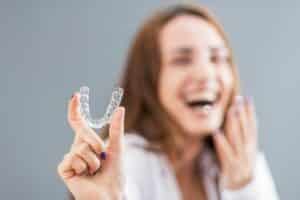
Invisalign Near Me: What to Expect From Your Consultation
Invisalign Near Me: What to Expect From Your Consultation Searching for “Invisalign near me” in McAllen, TX? You’re in the right place! Dr. Joseph Ryan at McAllen Orthodontic Group has been helping people get straighter teeth for many years. He’s a certified orthodontist who knows everything about Invisalign clear braces.









